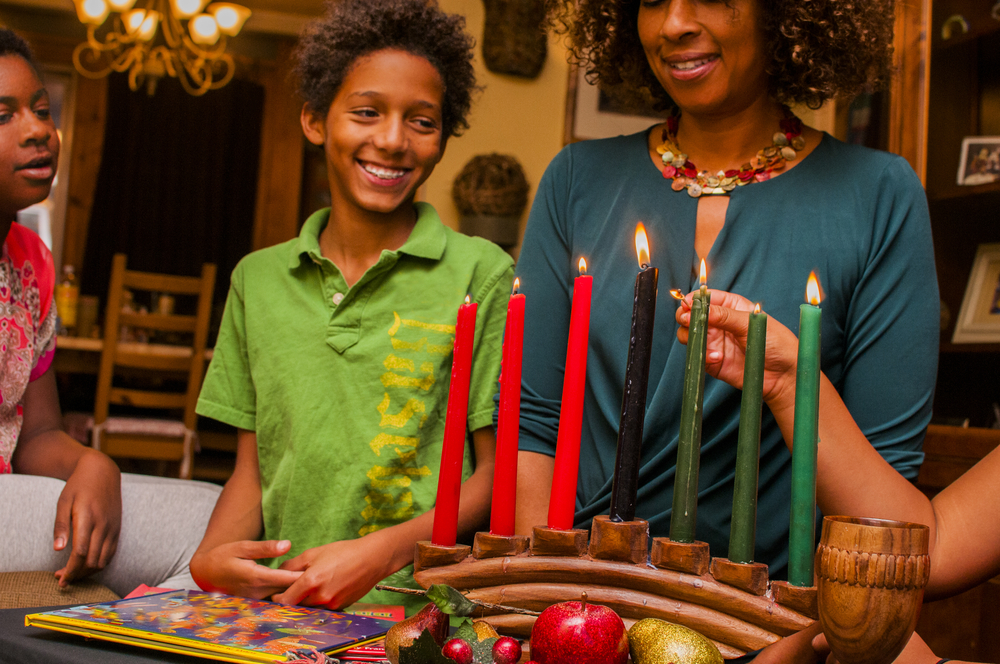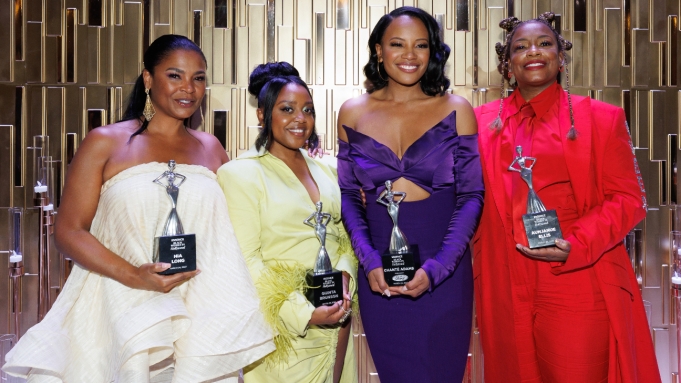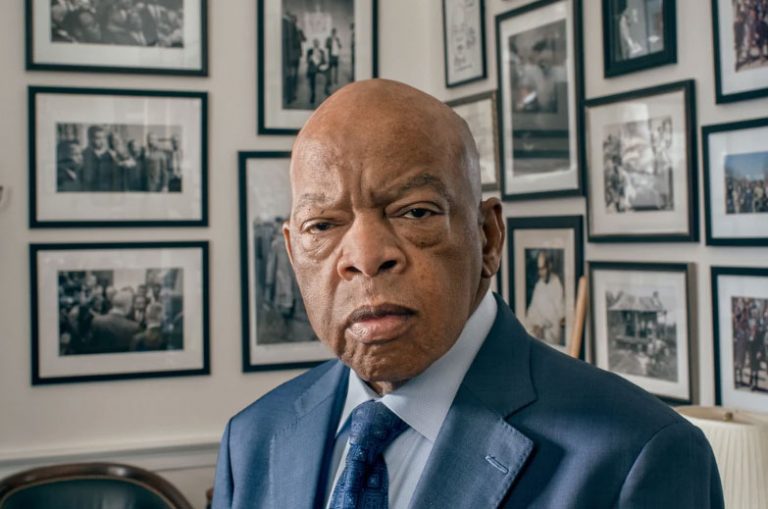
Kwanzaa, the underappreciated holiday you need to know
by Contributing Writer, Kelby McIntosh
With the holidays fast approaching, it’s easy to get swept away in celebration festivities and drowning in the red and green abyss known as Christmas–but what about the Black for Kwanzaa?
While Christmas is a time for cheer, chestnut, and so many other associated symbols for the season–for me, there was one word that made me question my long-celebrated tradition of Christmas, and it happened at the most random time. At a 3rd grade Christmas recital, I watched my niece’s class sing about Kwanzaa. But like many in attendance who clapped for support, the room had a tension in the air of one unified thought–what is Kwanzaa?
Usually, my thoughts about Kwanzaa would’ve stopped at supporting my niece’s recital. Still, when The Cultural Hub reached out to me to attend an event hosted by The Center for Community Media to write about Kwanzaa–I felt it was my Black journalistic duty to learn why this isn’t as appreciated as other holidays and educate.
What is Kwanzaa?
According to Encyclopedia Britannica, Kwanzaa is a holiday that affirms African family and social values celebrated in the United States from December 26th to January 1st. The name and celebration were devised in 1966 by Maulana Karenga, a professor of Africana studies at California State University in Long Beach and an essential figure in Afrocentrism. Another thing to note is that He created this holiday in response to the Watts Riots in Los Angeles in 1965.
To unite African-Americans as a community through a unique set of seven principles or Nguzo Saba.
The Seven Principles
- Umoja: Unity, to strive for and maintain unity in the family, community, nation, and race.
- Kujichagulia: Self-Determination, to define ourselves, name ourselves, create for ourselves and speak for ourselves.
- Ujima: Collective Work & Responsibility to build and maintain our community together and make our community’s problems our problems and solve them together.
- Ujamaa: Cooperative Economics, to build and maintain our stores, shops, and other businesses and to profit from them together.
- Nia: The purpose is to make our collective vocation the building and developing of our community to restore our people to their traditional greatness.
- Kuumba: Creativity, always do as much as possible to leave our community more beautiful and beneficial than we inherited it.
- Imani: Faith, to believe with all our hearts in our people and the righteousness and victory of our struggle.
Each day of Kwanzaa, a candle will be lit to highlight that day’s principle and breathe meaning into the principles with various activities, such as reciting the sayings or writings of great black thinkers and writers, reciting original poetry, African drumming, and sharing a meal of African diaspora-inspired foods.
A table is decorated with the important symbols of Kwanzaa, such as the Kinara (Candle Holder), Mkeka (Mat), Muhindi (corn to represent the children), Mazao (fruit to represent the harvest), and Zawadi (gifts). One might also see the colors of the Pan-African flag, red (the struggle), black (the people), and green (the future). These colors were first proclaimed to be the colors for all people of the African diaspora by Marcus Garvey.
Is knowledge black power?
Now that you have a quick summary of Kwanzaa, I wanted to jump back to The Center for Community Media event I attended that kicked this article off. I wanted to highlight this experience because it opened my eyes to some great black media outlets and journalists who each spoke about one of the Kwanzaa principles.
As a black journalist working in different news beats for a while, it showed me the power of Ujima. Danielle Sanders, the Managing Editor of the Chicago News Weekly, spoke on Ujima and how we, as a collective, must keep you, as the reader, informed. While this is an article about a holiday that I feel you should consider celebrating, honestly, it’s bigger than that–I see these principles as a way to propel us forward into doing more for ourselves as a whole.
It’s been decades, and our government is NOW starting to take actual action toward reparations laws. I’m not saying Kwanzaa is the start of a whole new world, but it’s a small start to how we acknowledge our culture of black people.
If you don’t see yourself celebrating Kwanzaa, I (highly) suggest you celebrate the hard work of these Black media outlets by supporting them as a reader:
- The Chicago News Weekly
- Black Headline News
- BleuLife Media Group
- The Reporter
- Sac Cultural Hub The Center for Community Media
Sacculturalhub.com/THE HUB Magazine coverage of local news in Sacramento county is supported by the Ethnic Media Sustainability Initiative, a program created by California Black Media and Ethnic Media Services to support community newspapers across California.





